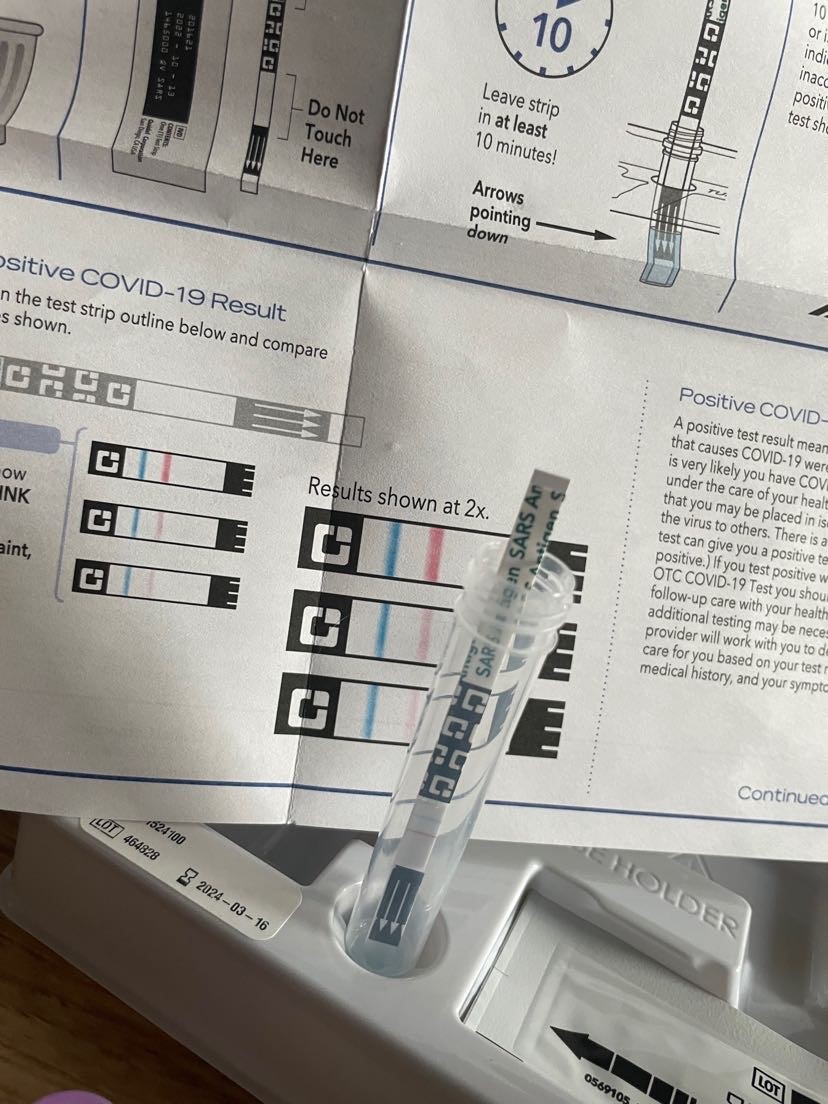It was just shy of a month into my last semester of college, and the stress and workload of the year were already ramping up. On a chilly Wednesday in February, I trudged through all my classes, meetings and Times-Delphic responsibilities, arriving home that night feeling just a little more exhausted than usual.
The following morning, I woke up feeling like I’d been hit by a truck.
Now, despite being three years into a global pandemic, “COVID-19” was not the first place my mind went. I’d somehow managed to make it to 2023 without ever having COVID, and I’d kept up with all the vaccines and boosters. Still, when I took my temperature and the tiny glowing display read 101 degrees, I figured I should probably get tested for COVID.
I stopped at Olmsted and got free COVID tests, but I didn’t have time to take one before I needed to get to my Thursday class – a class with a strict attendance policy and a rule that students can’t ask the professor what they missed. So, I headed to class.
Wearing a mask, I told my professor that I was running a fever and experiencing symptoms similar to COVID, but I hadn’t had time to take a test yet. He encouraged me to try sticking it out, because it’s hard to make up things missed in class. So I did, taking care to sit far away from my classmates, simultaneously shivering and burning up through the whole class.
Back at home an hour later, I tested positive for COVID.
Yup, I sat through a class while running a fever with COVID. No, thankfully, my classmates didn’t get sick.
After notifying the Drake contact tracing team, I received two emails detailing the basic guidelines for COVID-positive students, including a five-day isolation period in which I couldn’t access campus buildings. Because I tested positive on a Thursday, though, that meant the five-day isolation period ended Monday. Tuesday, I was expected to be back in class and functioning normally.
While the first few days were the worst, it took time for me to fully recover from COVID. I continued testing positive for about a week and a half, and most of the symptoms didn’t fully subside for a couple of weeks. The exhaustion and brain fog lingered.
But, according to Drake University, I was fine by that Tuesday.
It struck me, as I walked to class that Tuesday with a lingering COVID headache, that COVID-19 was taken much more seriously a few years ago. We all stayed in lockdown for two weeks, hoping to flatten the curve. If anyone tested positive for COVID, they were immediately quarantined for two weeks – and the same went for anyone exposed to the virus. It was new, it was scary – and people cared.
Now that COVID-19 has become a household name and vaccines exist to protect against it, it feels like the world has returned to business as normal – and those who get COVID are just expected to get over it and keep up. I could only miss one day’s worth of classes, and it still amplified my stress that week with all the work I had to make up.
That week, I watched the world function as normal around me while I attended classes and meetings, still in a semi-COVID-haze. Some professors asked how I was doing and one looked shocked when they asked, in class, if I was still testing positive and I said yes – but none offered accommodations. The Drake contact team stopped sending emails after the five-day isolation period. I was on my own.
I don’t expect to keep peak COVID guidelines in place forever – but I do think there should be a middle ground. Five days is not enough to recover from COVID and return to business as usual, and the Drake administration and professors should revise their policies to reflect that.
For a school that touts the “health, safety and well-being of our entire campus community” as a top priority, Drake’s current approach to COVID-19 is lacking.







